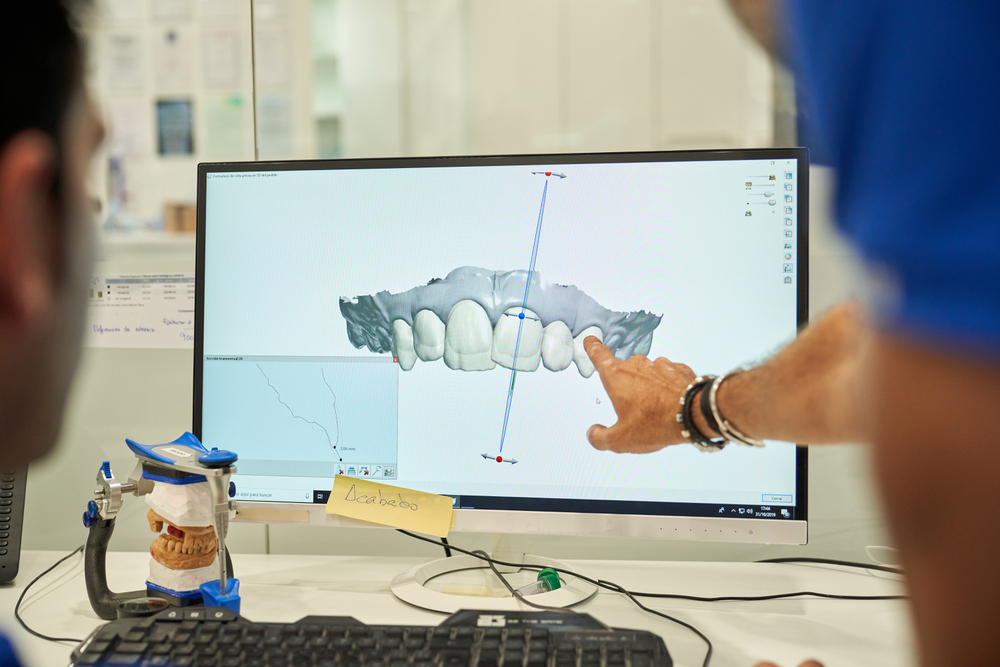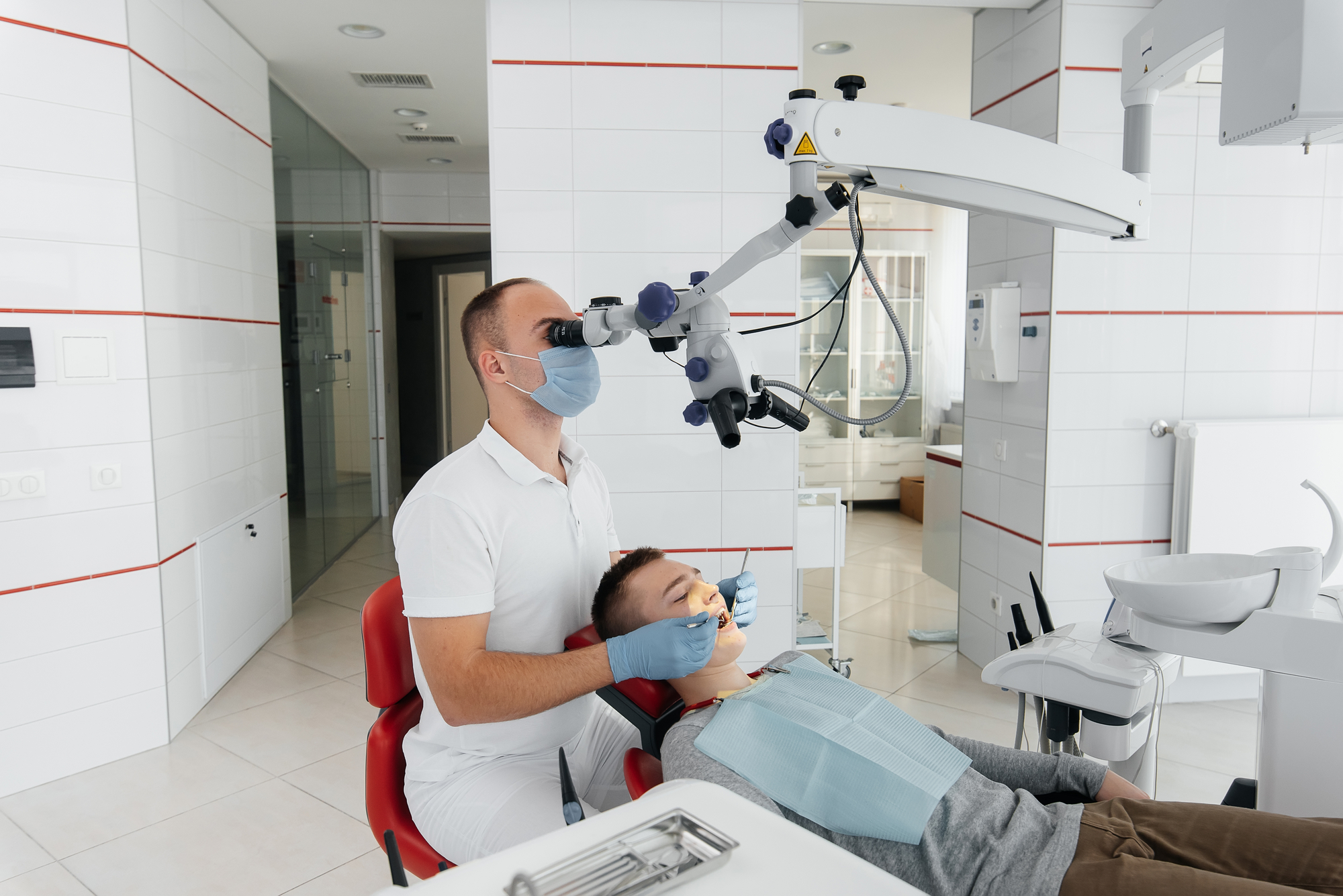Introduction to the importance of personal style
They say that a smile is the best accessory you can wear, and it’s true! Your personal style goes beyond just clothing and accessories; it encompasses your entire demeanor, including how you carry yourself and the confidence you exude. Just like a stunning makeover can transform your appearance, it has the power to boost your self-esteem and illuminate your inner beauty. So why not give yourself the gift of a smile makeover? Whether you have crooked teeth or simply want to enhance your natural radiance, there are countless ways to revitalize your look and uplift your spirits. In this blog post, we will explore the different types of makeovers available to help you find the one that suits your style needs perfectly. Get ready to unleash a whole new level of confidence as we delve into the world of smile makeovers!
The correlation between personal style and confidence
When it comes to personal style, many people underestimate its impact on confidence. But the truth is, your style has a direct correlation with how you feel about yourself and how others perceive you.
Think about it – when you’re dressed in an outfit that makes you feel good, your posture improves, and you exude a sense of self-assurance. On the other hand, if you’re wearing something that doesn’t align with your personal style or makes you uncomfortable, it’s hard to feel confident.
Your personal style is a reflection of who you are as an individual. It allows you to express yourself and showcase your unique personality. When you have a clear understanding of what styles suit you best, whether it’s trendy or timeless fashion choices, it shows that not only do you have great taste but also know yourself well.
Having confidence in your style can also have a positive effect on other aspects of your life. It can boost your professional image by making a lasting impression during job interviews or client meetings. Additionally, feeling comfortable and stylish in social settings can help foster new connections and build meaningful relationships.
A smile makeover can be another element of enhancing personal style and boosting self-confidence. Crooked teeth or dental imperfections may affect how someone feels about their smile even if they love their fashion choices. In fact, studies show that even feminists prefer not to have crooked teeth though they are fine having other imperfections. Smile makeovers offer various treatments like teeth whitening, veneers or braces which help individuals achieve the perfect smile they desire.
Investing time and effort into developing our own unique personal style can greatly impact our level of self-confidence in all areas of life – from work to relationships – leading us towards success and happiness!
Different types of makeovers and their benefits
Different types of makeovers can offer a range of benefits, helping individuals enhance their personal style and boost their confidence. One popular type of makeover is a beauty makeover, which focuses on enhancing one’s physical appearance through various techniques such as makeup application and hairstyling.
A smile makeover is another type that can have transformative effects. A smile is often considered the best accessory, and having a confident smile can greatly impact how we perceive ourselves and are perceived by others. For those with crooked teeth or other dental issues, a smile makeover can be many things as there are many elements to this genre. With advancements in cosmetic dentistry, procedures like teeth whitening, veneers, and orthodontics help to create straighter and brighter smiles.
Additionally, there are wardrobe makeovers that focus on revamping an individual’s clothing choices to better reflect their personality and style preferences. This may involve decluttering the closet, identifying key pieces for different occasions, and learning about flattering colors or patterns.
Furthermore, there are lifestyle makeovers that go beyond just appearances. These makeovers encompass changes in habits, routines, or mindset to improve overall well-being. Whether it’s adopting healthier eating habits or incorporating exercise into daily routines – these changes can positively impact not only our physical health but also our mental state.
Makeovers provide opportunities for self-discovery and self-expression while empowering individuals to embrace their unique style confidently. By investing time in understanding what truly resonates with us aesthetically and emotionally-speaking; we gain a deeper sense of authenticity within ourselves.
How to find the right makeover for your style needs
When it comes to finding the right makeover for your style needs, there are a few key factors to consider. First and foremost, you need to assess what areas of your appearance you would like to enhance or change. Is it a new hairstyle? A wardrobe revamp? Or perhaps addressing dental concerns such as crooked teeth?
For those looking for a smile makeover, there are many options available. From teeth whitening treatments to veneers and braces, the possibilities are endless. By consulting with a cosmetic dentist or orthodontist, you can determine which treatment is best suited for your specific dental issues.
Another aspect to consider when seeking a makeover is your personal style preferences. Are you more inclined towards classic elegance or do you prefer trendy and bold fashion choices? By identifying your individual style aesthetic, it becomes easier to narrow down the options and find makeovers that align with your taste.
Additionally, don’t be afraid to seek inspiration from various sources such as fashion magazines, online blogs, and social media influencers. These platforms offer an abundance of ideas and trends that can help guide you in finding the perfect makeover.
Always remember that confidence plays a crucial role in any transformation. The right makeover should not only enhance your physical appearance but also boost your self-esteem. It’s important to choose makeovers that make you feel comfortable and authentic in expressing yourself.
In conclusion (not conclusive), finding the right makeover for your style requires careful consideration of personal preferences, consultation with professionals if needed (such as dentists or stylists), seeking inspiration from various sources (fashion magazines/social media), while keeping confidence at the forefront of any transformation process.
Tips for maintaining your new style
1. Invest in Quality Pieces: When it comes to maintaining your new style, quality is key. Invest in well-made pieces that will stand the test of time and keep you looking stylish for years to come. Avoid fast fashion trends that quickly go out of style and opt for timeless classics instead.
2. Develop a Skincare Routine: Your personal style isn’t just about what you wear – it’s also about how you take care of yourself. Develop a skincare routine that works for you, making sure to cleanse, moisturize, and protect your skin from harmful UV rays. A healthy complexion can greatly enhance your overall appearance and confidence.
3. Keep Up with Regular Grooming: Don’t neglect the small details when it comes to maintaining your new style. Stay on top of regular grooming habits such as trimming your hair, nails, and facial hair (if applicable). This will help ensure that you always look polished and put-together.
4. Experiment with Accessories: Accessories are a great way to add personality and flair to any outfit. Whether it’s a statement necklace, a colorful scarf, or a trendy hat, don’t be afraid to experiment with different accessories that complement your personal style.
5. Embrace Versatility: To maintain your new style without getting bored or stuck in a rut, embrace versatility in your wardrobe choices. Mix and match different pieces to create fresh looks each day while still staying true to your unique sense of style.
6. Care For Your Smile: A smile makeover can greatly boost one’s confidence. Not only does this improve oral health but also enhances overall appearance. Brushing twice daily, flossing regularly, and visiting the dentist at least twice per year are important steps towards maintaining dental hygiene. Wearing retainers after orthodontic treatment can prevent teeth from shifting back into their original position. Avoiding foods staining teeth like coffee, wine and tobacco products can also help preserve the results of a smile makeover.
By following these tips for maintaining your new style, you can ensure that you always look and feel your best. Remember that style is not just about following trends, but also about feeling confident and comfortable in your own skin. So, embrace your unique sense of style and make it a reflection of who you are.
The impact of a makeover on your overall well-being
As we have seen throughout this article, personal style and confidence go hand in hand. And what better way to enhance your personal style than through a smile makeover? A smile makeover can be many things – from correcting crooked teeth to brightening up your pearly whites. Whatever the case may be, investing in a smile makeover can have a profound impact on your overall well-being.
When you feel good about how you look, it shows. Your newfound confidence will radiate from within and positively affect every aspect of your life. Whether it’s at work, social gatherings, or even just going out for groceries, people will notice the change in you. You’ll walk with an extra pep in your step and exude self-assurance that is hard to ignore.
Not only does a smile makeover boost your outward appearance and confidence levels, but it also has numerous health benefits. Straightening misaligned teeth can improve oral hygiene by making it easier to clean between teeth and prevent tooth decay. Teeth whitening treatments remove stains caused by coffee, tea, or tobacco use, giving you not only a brighter smile but also healthier-looking teeth.
But perhaps one of the most significant benefits of a smile makeover is its ability to transform how you see yourself. It’s no secret that our self-perception greatly impacts our mental well-being. By improving physical aspects such as our smiles, we gain more acceptance and love for ourselves. This newfound self-esteem allows us to tackle challenges with resilience and face the world head-on.
So why wait any longer? Take control of your personal style and reap the rewards of a smile makeover today! Consult with dental professionals who specialize in cosmetic dentistry to determine which procedures are best suited for achieving the results you desire. Remember that everyone’s journey is unique – find what works best for you and embrace the transformation!











